Ukraine hits Russian complex in occupied Crimea with US-supplied missiles
The strikes in Crimea are the latest in a mounting series of attacks on high-value targets aimed at slowing Russia’s war machine.
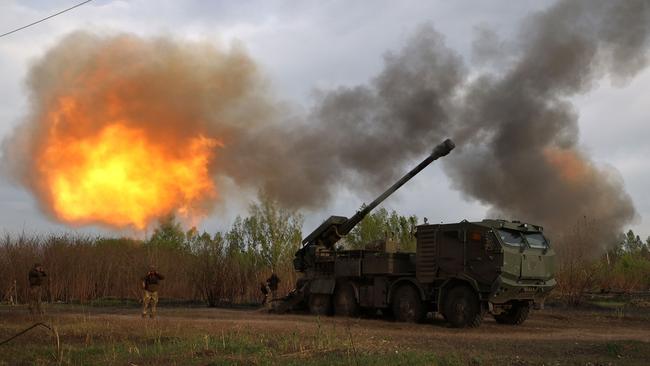
Ukraine hit a Russian military complex in Crimea with U.S.-provided long-range missiles Thursday night, the latest in a mounting series of strikes aimed at slowing the Russian war machine.
The missile strike hit a communications centre of Russian air-defence forces in the city of Alushta, according to a Ukrainian defence official. Crimean social media channels reported several explosions in the coastal city, with one video showing a large blast, but the extent of the damage couldn’t immediately be established.
While Ukraine is struggling to hold back Russian forces along the northern and eastern fronts, ATACMS, which stands for Army Tactical Missile System, has allowed Kyiv to menace Russia’s hold on Crimea, focusing largely on high-value targets such as air-defence systems, jet fighters and warships.
The long-range attacks are a central part of Ukraine’s strategy for this year to buy time to rebuild its military after more than two years of grinding warfare while degrading Russia’s ability to wage war.
The strikes come as front lines in the north and east of the country are under pressure from growing Russian offensives.
Russia quickly seized a handful of villages and the northern part of the city of Vovchansk after sending troops over the border into the Kharkiv region earlier this month. Ukraine has largely halted progress there, while Russian forces are inching forward to the east but have seized only one city, Avdiivka, this year.
On Saturday, the Russian defence ministry said that troops had “taken control of the village of Arkhengelske” in the Donetsk region.
The small frontline village is located near the town of Ocheretyne, which Russia claimed to have captured early this month.
Ukrainian police meanwhile said three people had been killed and two wounded in Russian attacks on Donetsk, where there had been over 1800 strikes over the past day.
Also on Saturday, the Grouo of Seven finance ministers meeting at Stresa in Italy said they were “making progress” over proposals to tap profits on frozen Russian assets to help fund Ukraine but had not yet clinched a deal.
Thry also said in a draft statement they were “committed to further financial and economic sanctions” against Russia over its war against Ukraine, and would counter evasion efforts.
Long-range ATACMS, first provided by the U.S. earlier this year, have significantly boosted the range, value and number of the deep-lying targets that Ukraine can attack. The U.K. and France last year provided long-range cruise missiles that can be launched from warplanes, but supplies are limited.
Launched from the back of a truck, ATACMS are highly mobile and fly faster than the British and French missiles, making them tougher for Russian missile defences to shoot down. The long-range ATACMS variants provided this year can hit targets more than 180 miles away.
Kyiv has also used domestically produced explosive drones to strike oil refineries and power infrastructure inside Russia. Their limited payload makes them less effective against hardened military targets, although they did inflict damage on several Russian warplanes at an airfield in southwestern Russia last month, according to Ukrainian officials.
The Biden administration has barred Kyiv from using U.S.-supplied weapons, including ATACMS, to strike on Russian territory. That has made Crimea, a critical Russian staging post for the war, the main target.

Ukraine’s first use of the longer-range variant of ATACMS in April hit an airfield in Crimea, destroying several advanced Russian air-defence missile launchers and radars, according to Ukrainian officials. They hit another Crimean airfield last week, appearing to take out several aircraft, according to satellite images.
This week, Ukrainian military officials said they’d hit the port in Sevastopol, damaging a warship. While officials didn’t say what weapons had been used, Russian officials in Crimea said they had shot down nine ATACMS missiles the night of the attack.
Ukraine’s military said it destroyed an advanced Russian S-400 air-defence system on Wednesday, which open-source analysts attributed to an ATACMS strike near occupied Mospyne in eastern Ukraine. Three weeks ago, an ATACMS strike on a training ground in the occupied Luhansk region killed dozens of Russian soldiers, analysts said.
As Crimean residents reported explosions and the sound of air-defence systems working on Thursday night, Sergei Aksyonov, a Russian-installed official in Crimea, wrote on Telegram that Ukrainian missiles had killed two “bystanders,” and an “empty commercial property” was damaged. He didn’t comment on any damage to the Alushta communications centre.
On Friday, Sergei Lavrov, the Russian Foreign Minister, said that American weapons were being used to strike “a wide variety of targets outside the conflict zone,” though he did not specifically mention Crimea or any other sites.
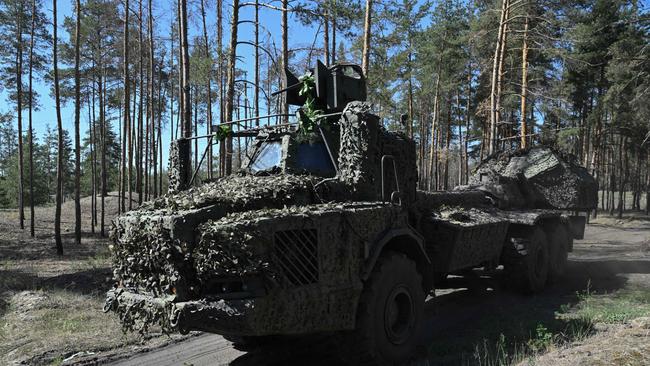
Mark Cancian, a former artillery officer in the U.S. Marine Corps now at the Center for Strategic and International Studies, said that Ukraine would likely focus on deep strikes while it tries to rebuild manpower in hopes of launching a more robust counteroffensive next year. Crimea, he said, was an appealing target because it has an abundance of fixed military facilities — such as airfields and ports — that cannot easily be camouflaged or spread out.
Ukraine has twice damaged the Kerch bridge, which connects Crimea to Russia, leading Russia to halt using it for military shipments because it fears they will get hit, Western intelligence analysts believe. Instead, they are moving supplies by rail through other occupied parts of Ukraine.
“They might be able to squeeze it,” Cancian said. “I don’t think they can cut it off, but they can make Crimea uncomfortable.” Ukraine had hoped that ATACMS missiles would help disrupt the Russians and weaken their ability to maintain their front-line defences, enabling a Ukrainian breakthrough in a 2023 counteroffensive aimed at dealing Moscow a decisive blow.
In the end, Russia beat back the Ukrainian attacks, with Kyiv gaining minimal territory while suffering heavy losses of personnel and equipment, leaving Ukraine in a much more dire position than a year ago.

“The problem is that the Ukrainians, at this point, don’t really have a convincing concept of victory,” Cancian said. “Before the counteroffensive, the idea was they’d take back territory bite-by-bite.” The U.S. decision to send the longer-range ATACMS was the subject of intensive debate for well over a year. U.S. lawmakers repeatedly pressed the White House to provide the weapons while Ukraine appealed for the systems and offered assurances they would not be used to fire at targets on Russian territory.
At first, the Biden administration was so wary of providing the ATACMS that it had Himars rocket launchers it provided to Ukraine modified so they couldn’t be used to fire the missiles should Kyiv acquire them from other sources.
But as the conflict dragged on, the administration’s concern that the Ukraine conflict might escalate into a direct U.S.-Russia clash began to fade.
In the U.S., some members of Congress have been pressuring the Biden administration to allow Ukraine to fire ATACMS and other U.S.-made weapons into Russian territory. The ban on doing so, military analysts say, has impeded Ukraine’s efforts to halt Moscow’s recent invasion of the northeastern Kharkiv region.
George Barros, an analyst at the Institute for the Study of War, said the U.S. could immediately alter the battlespace in Kharkiv if Washington would lift this ban, which lets Moscow move troops and weapons to the front far more efficiently than they can in other regions, where they have to disperse and camouflage positions behind the front line.
“Ukrainians are not able to engage them until they cross the international border,” he said.
– Daniel Michaels and Kate Vtorygina contributed to this article
The Wall Street Journal


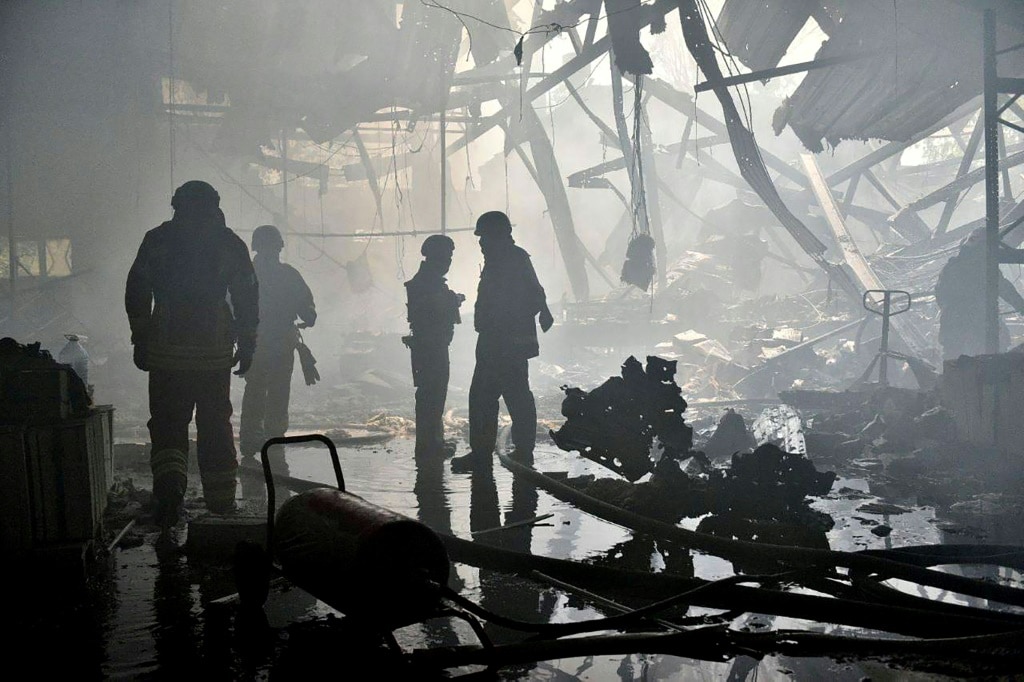
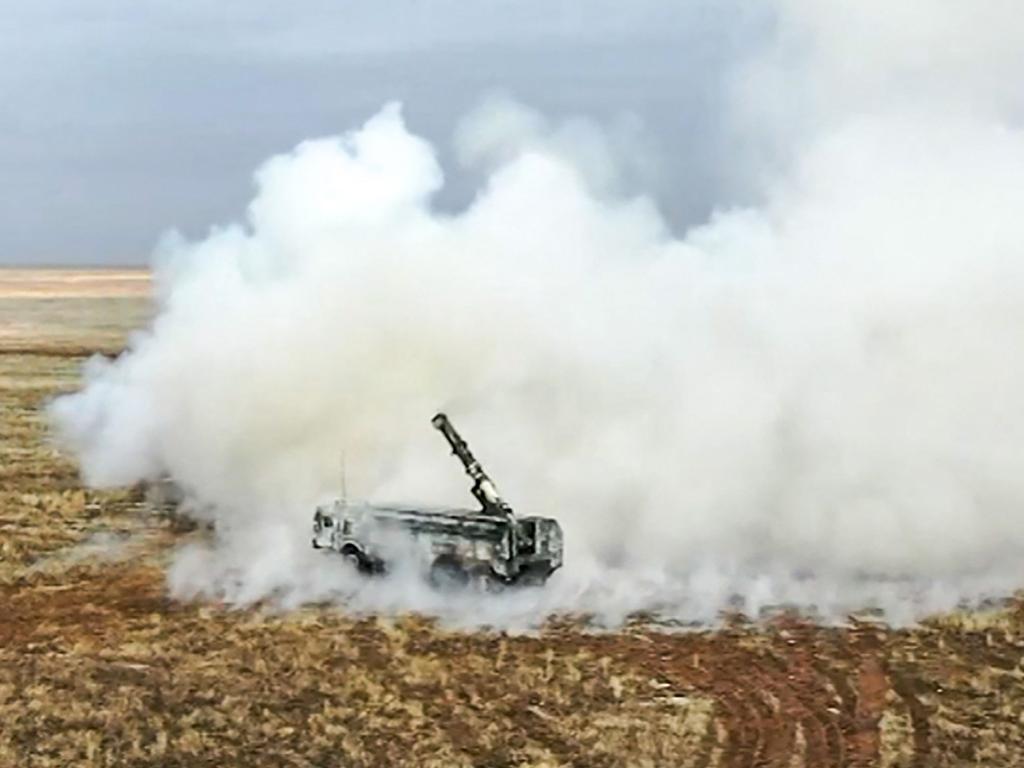
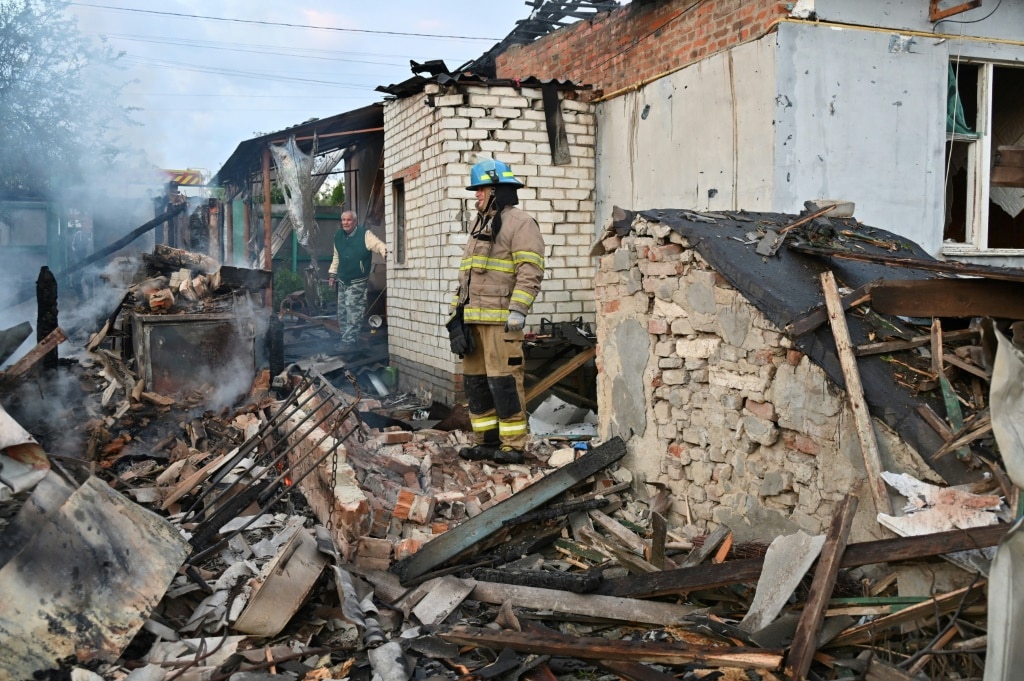


To join the conversation, please log in. Don't have an account? Register
Join the conversation, you are commenting as Logout